2025 Rivian R1T vs. 2025 Tesla Cybertruck: 5 Major Differences originally appeared on Autoblog.
A battle of electric pickup philosophies
The electric pickup truck race is no longer a distant promise. It’s here, and in 2025, two of the most talked‑about EVs on the market are the Rivian R1T and the Tesla Cybertruck. Both are designed from the ground up as battery‑powered pickups, but that’s where most similarities end. Rivian has positioned the R1T as a premium adventure truck with an emphasis on refinement and off‑road capability. Tesla’s Cybertruck, by contrast, is built around utility, raw performance, and a polarizing stainless‑steel design.
Rivian launched the R1T in 2021 and has refined it every year since. Tesla finally began delivering the Cybertruck at the end of 2023 after years of delays. Now that both are widely available, buyers weighing a futuristic workhorse against a polished electric adventurer have a real decision to make. Here are five key differences that separate them.
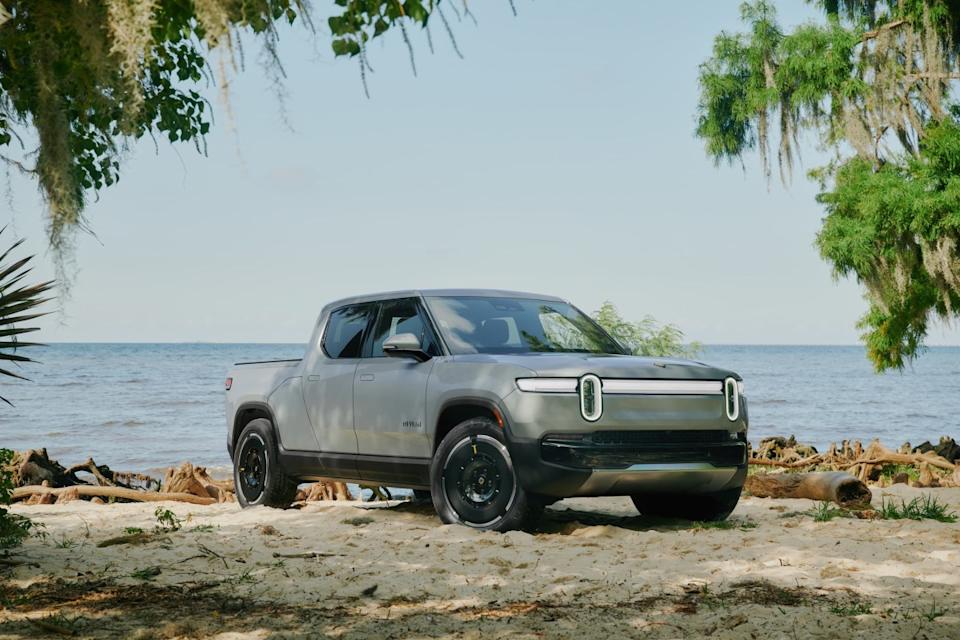
1. Pricing and trim structures
Price is often the starting point in any truck comparison, and here the differences are clear. The 2025 Rivian R1T lineup begins with the Dual Standard model, priced at $69,900, which includes all-wheel drive and 533 horsepower. The Dual Large Pack at $76,900 boosts range with a bigger battery, while the Tri‑Motor Max Pack, at $99,900, unleashes 850 horsepower and over 1,100 pound‑feet of torque.
Tesla’s Cybertruck has seen steady price hikes since its debut. Today, the dual‑motor all‑wheel‑drive version sits around $80,000, while the high‑performance tri‑motor Cyberbeast climbs close to $100,000. A lower‑priced single‑motor version was promised initially but hasn’t materialized in any meaningful numbers. That means Rivian still offers more accessible trims under $80,000, whereas Tesla has essentially moved its lineup into luxury pricing territory.

Rivian R1T
RivianView the 2 images of this gallery on the original article
2. Performance and powertrain options
Both trucks deliver performance numbers that would have been unthinkable for a pickup a decade ago. The R1T’s standard dual-motor setup produces 533 horsepower, enabling a 0–60 mph time of approximately 4.5 seconds. A Performance Pack upgrade bumps that to 665 horsepower and a 3.4‑second sprint. The Tri‑Motor Max Pack tops the lineup with 850 horsepower, 1,103 pound‑feet of torque, and a 2.9‑second run to 60.
The Cybertruck lineup mirrors that approach. The dual‑motor all‑wheel‑drive model hits 60 in just over four seconds, while the Cyberbeast delivers similar times to the Rivian’s Tri‑Motor, at around 2.6 to 2.9 seconds. Both trucks, at their highest trims, match supercars for acceleration despite weighing over 7,000 pounds. Rivian has gone a step further by teasing a quad‑motor setup due in 2026 that will break the 1,000‑horsepower barrier. For now, both brands offer astonishing performance, but Rivian gives buyers more tiers to choose from at different price points.

3. Range and charging
One of the biggest practical concerns with an electric truck is range. Rivian’s R1T Max Pack leads with up to 420 miles on the EPA cycle, one of the best figures of any EV. Even lower trims offer well over 300 miles. Tesla’s Cybertruck AWD delivers around 325 miles of range, while the Cyberbeast checks in closer to 320. The long‑promised 500‑mile Cybertruck has not reached production.
In real‑world highway testing, both trucks fall short of their EPA numbers. In cold weather and high‑speed conditions, the R1T has been measured at around 266 miles and the Cybertruck around 252. That narrows the gap considerably, though Rivian still edges Tesla slightly thanks to its larger battery pack. Tesla’s advantage lies in its Supercharger network, which remains the most reliable and extensive fast-charging infrastructure in the U.S. Rivian is building its own Adventure Network, but its coverage is still limited by comparison.
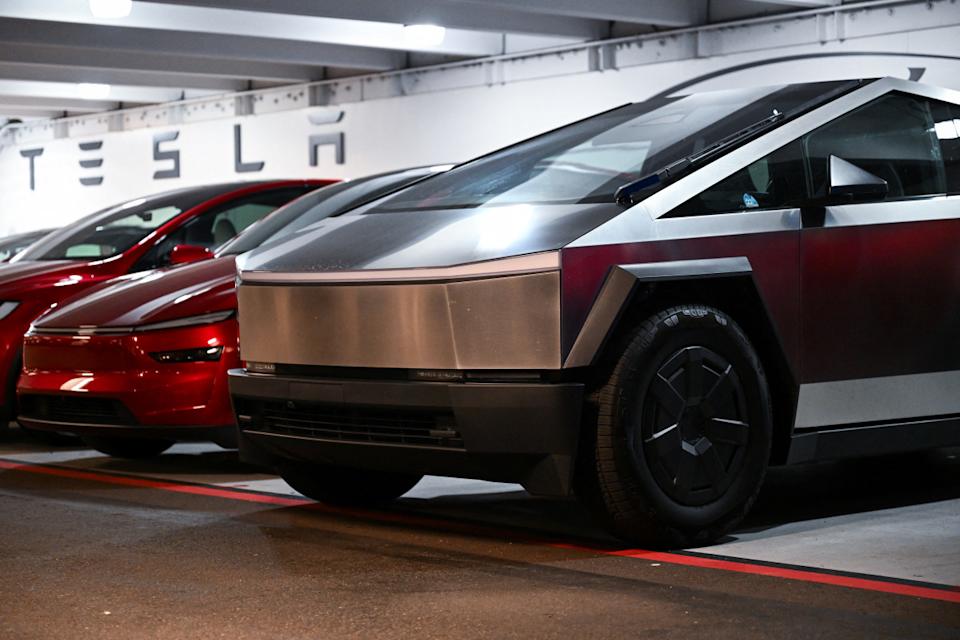
4. Towing, payload, and cargo flexibility
For many truck buyers, hauling and towing matter as much as horsepower or range. Tesla wins this category outright. The Cybertruck can tow up to 11,000 pounds, while the R1T maxes out at 7,700. Payload follows the same pattern: the Cybertruck can handle 2,500 pounds in its bed, compared to Rivian’s just‑under‑2,000‑pound capacity.
Cargo space also favors Tesla. The Cybertruck offers a huge frunk, estimated at over 50 cubic feet, and a total cargo volume of more than 120 cubic feet when combining the bed and cabin storage. Rivian’s frunk measures about 11 cubic feet, and while its Gear Tunnel provides unique enclosed storage between the cabin and bed, overall capacity is far smaller. Rivian’s features are tailored more toward lifestyle use—camping, off‑roading, and everyday versatility—while Tesla is going after buyers who need maximum work‑truck credentials.
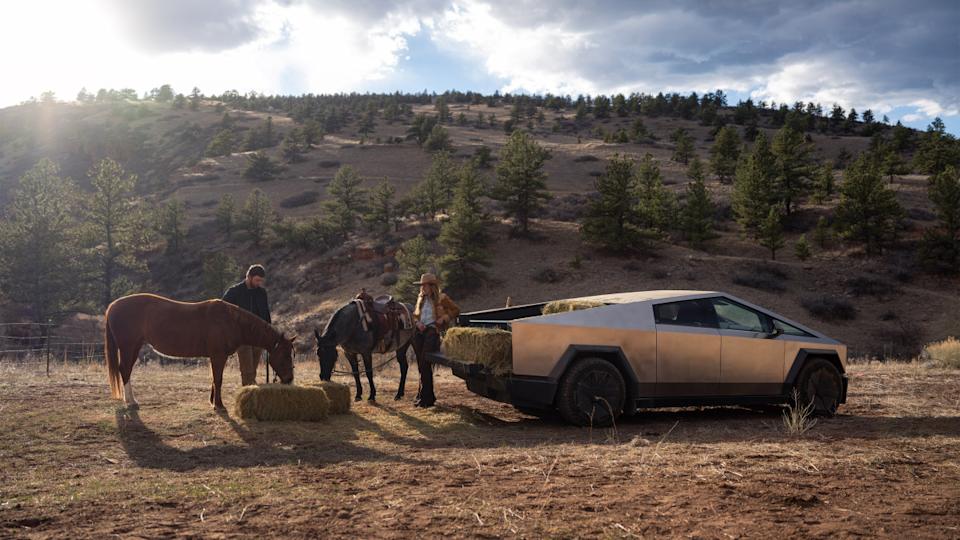
5. Technology, comfort, and driving experience
Inside the cabin, the two trucks feel worlds apart. Rivian has built the R1T with premium materials, an intuitive digital interface, and thoughtful touches, such as a built-in flashlight and a portable Bluetooth speaker. Its standard air suspension adjusts ride height for off‑road conditions, while features like a built‑in air compressor and multiple drive modes highlight its adventure‑ready character. For 2025, Rivian also introduced over 600 upgrades, from cabin insulation to simplified wiring and more efficient heating.

2025 Rivian R1T
RivianView the 2 images of this gallery on the original article
The Cybertruck, meanwhile, embraces minimalism. Its cabin is dominated by sharp angles and a massive central touchscreen, echoing the radical exterior design. Where it shines is in utility: Tesla includes bidirectional charging through its Powershare system, with outlets capable of powering a home, tools, or even another EV at up to 9.6 kilowatts. That makes the Cybertruck as much a mobile generator as a pickup truck. On the road, Rivian feels closer to a luxury SUV—quiet, composed, and refined. Tesla’s Cybertruck is more industrial, with its stainless‑steel body providing toughness but also a harsher ride. The design remains polarizing, but it is undeniably unique.

Final thoughts
The 2025 Rivian R1T and Tesla Cybertruck represent two very different takes on the electric pickup. Rivian leans into refinement, comfort, and long‑distance usability, while Tesla emphasizes brute strength, cargo space, and cutting‑edge utility features. If you want a versatile, premium adventure truck with strong range and polished driving manners, the Rivian R1T makes a strong case. If maximum towing, payload, and utility are your priorities—and you don’t mind the radical styling—the Cybertruck delivers. Either way, both models prove that the electric pickup is no longer a concept. It’s a reality, and buyers now have real choices that reflect very different philosophies about what a truck should be in the EV era.
2025 Rivian R1T vs. 2025 Tesla Cybertruck: 5 Major Differences first appeared on Autoblog on Aug 6, 2025
This story was originally reported by Autoblog on Aug 6, 2025, where it first appeared.
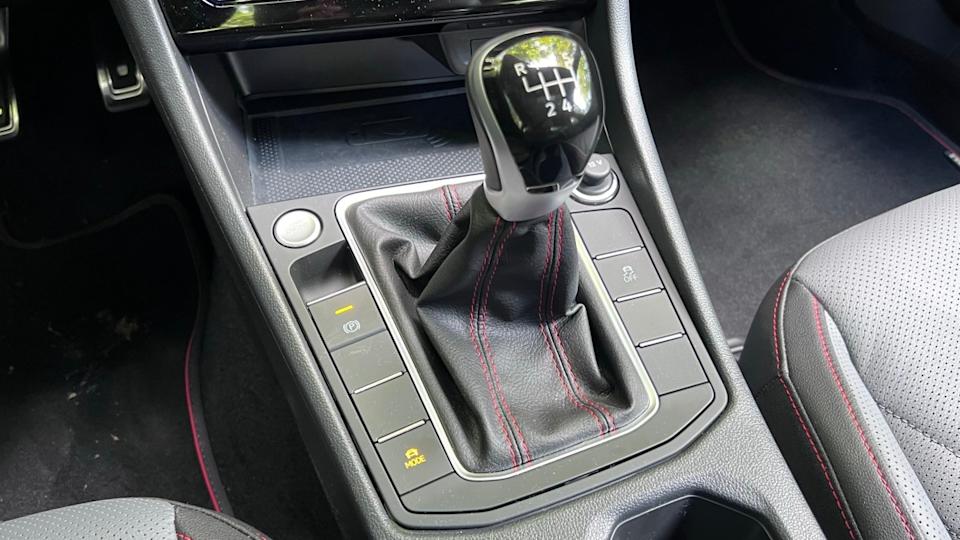
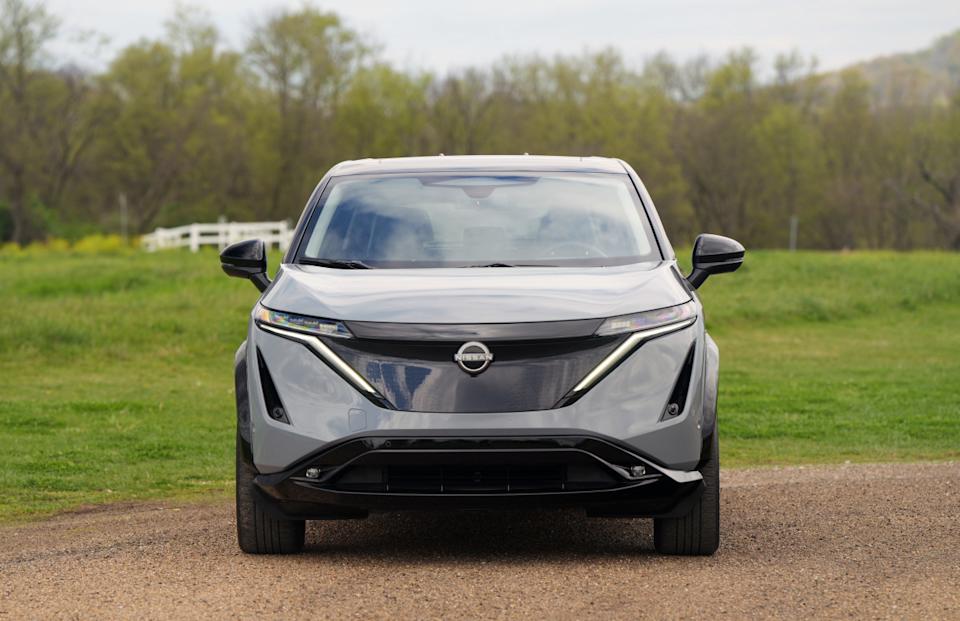
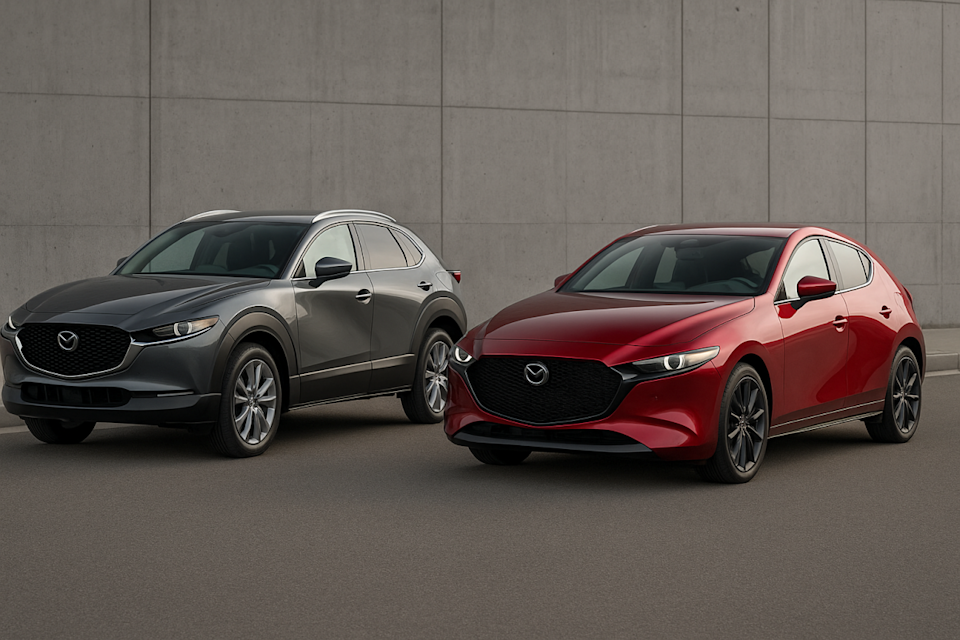
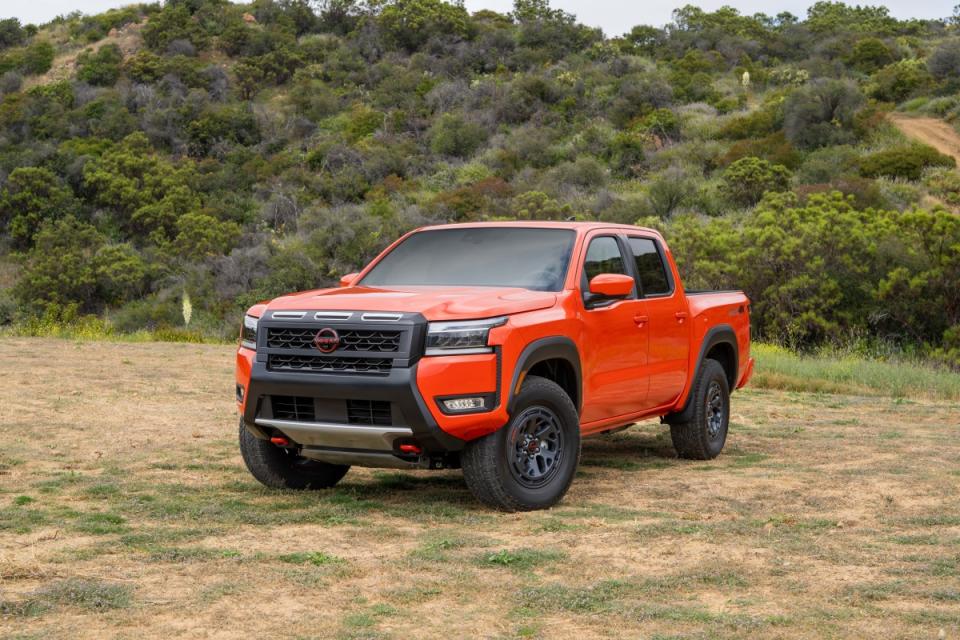
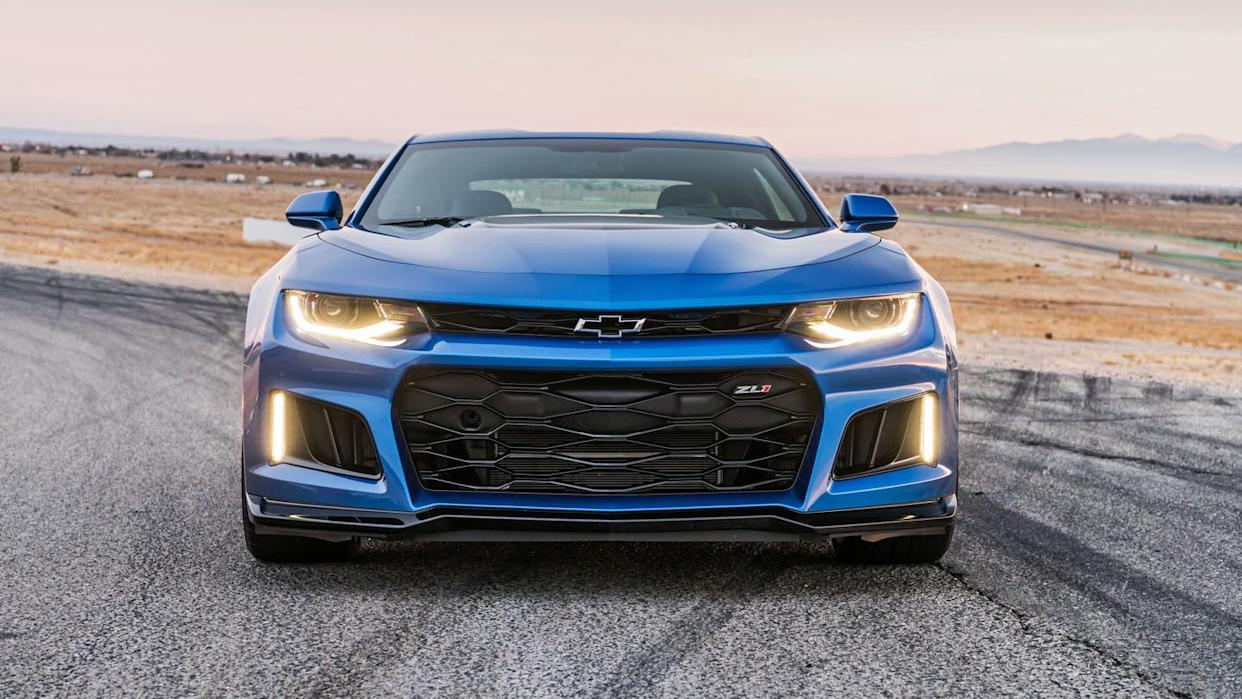
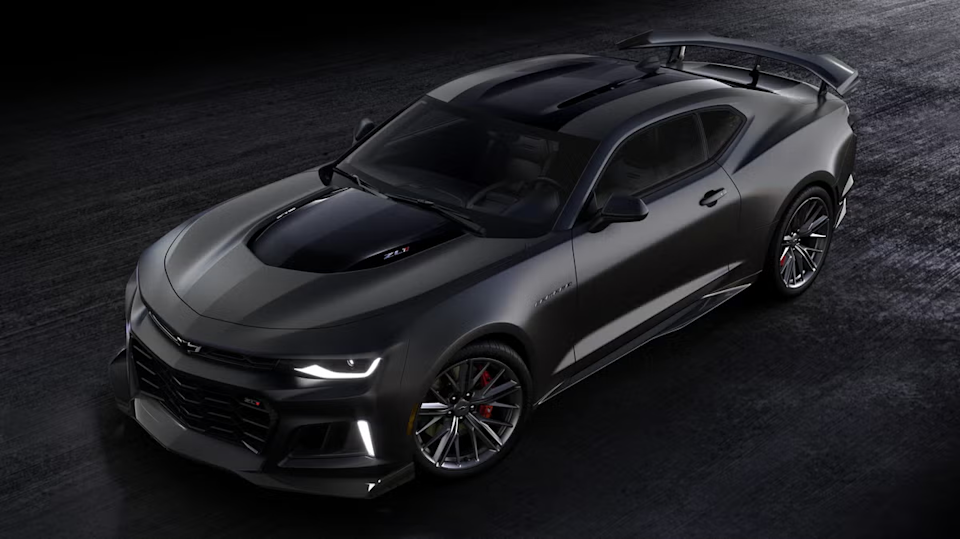

Comments